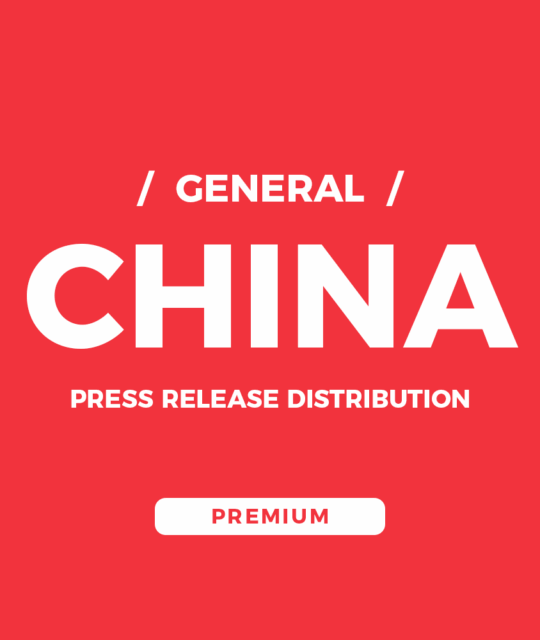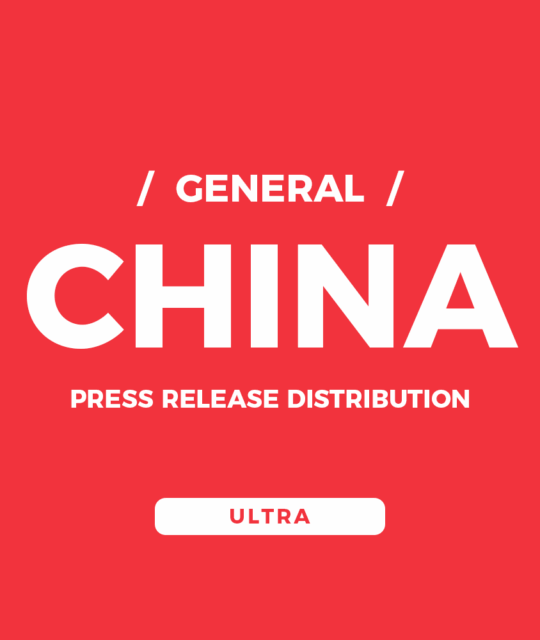When global brands enter China, understanding the local competitive landscape is essential to crafting a winning strategy. China’s market is unique — not just in size, but in consumer behavior, digital ecosystems, and regional diversity. A thorough competitor analysis helps brands differentiate, position, and win market share effectively.
Why Competitor Analysis Matters in China
China’s retail and online landscapes are fiercely competitive. Local brands often have deep consumer insights, agile marketing, and established relationships with digital platforms like WeChat, Rednote (Xiaohongshu), Douyin, and Tmall. Without understanding your competitors’ strategies, product offerings, and consumer engagement tactics, your brand risks being lost in the noise.
Key Steps in Conducting Local Competitor Analysis
1. Identify Direct and Indirect Competitors
Focus on both:
- Direct competitors: Brands offering similar products or services targeting your exact consumer segment.
- Indirect competitors: Brands that satisfy the same consumer needs or disrupt your market space in unexpected ways.
2. Analyze Digital Presence and Social Media Engagement
Leverage Chinese social media platforms — WeChat, Weibo, Douyin (TikTok’s Chinese counterpart), and Rednote — to assess competitors’ brand voice, follower engagement, and content strategies. Tools like QuestMobile and SocialBakers provide data analytics on platform trends and competitor performance.
3. Study E-commerce Strategies
E-commerce dominates China’s retail. Analyze competitors’ presence on platforms such as Tmall, JD.com, Pinduoduo, and Kaola. Look into their promotional tactics, customer reviews, pricing strategies, and logistics partnerships.
4. Review Media and PR Exposure
Monitor mentions in leading media outlets like China Daily, Global Times, Caixin, and financial newspapers such as Securities Times. Evaluate competitors’ press releases, partnerships, and influencer collaborations.
5. Understand Regional Variations
China’s tiered cities (Tier 1 like Beijing, Shanghai, Shenzhen; Tier 2 and Tier 3 cities) have differing consumer preferences and purchasing power. Competitor dominance can vary widely between these regions, as can media consumption habits and retail ecosystems.
Our Comprehensive Services
At China Business Agency, we provide end-to-end competitor analysis tailored to your brand’s needs. Our services include:
- Market intelligence gathering on local and global competitors
- Social media monitoring and influencer mapping on WeChat, Rednote, Douyin, and more
- E-commerce platform performance evaluation with actionable insights
- Media monitoring across traditional and digital outlets
- Consumer segmentation according to city tiers and demographics
Why Choose Us?
We combine local expertise with global perspective, supported by our parent company Tang Cultural Media’s extensive network. Our team works closely with major media like Sina Finance, Tencent News, and business journals to keep your brand ahead.
Conclusion
Effective competitor analysis is a cornerstone of success in China’s complex market. Understanding local players, consumer channels, and regional differences empowers your brand to craft a precise, impactful strategy — ensuring you don’t just enter the market but thrive within it.



